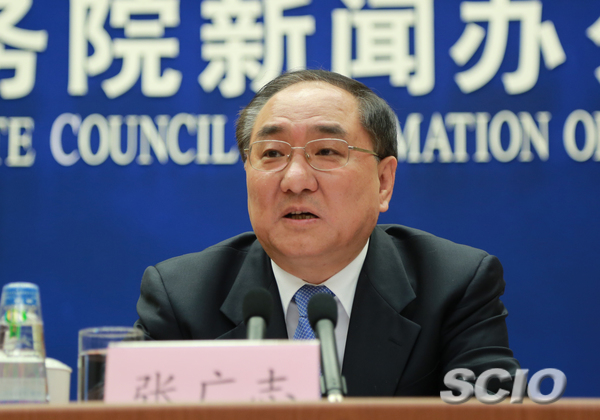
Business
18:19, 27-Sep-2018
Chinese government releases import/export efficiency measures
Updated
17:30, 30-Sep-2018
By Liu Jiaxin
01:37

The latest phases of China's opening up are increasingly taking place at the country's borders. The government this week is rolling out new measures on cross-border trade, and optimizing the business environment at its ports.
Those measures include simplifying regulatory documents, optimizing inspection processes, shortening clearance time and reducing overall costs.
“Goods should be reported ahead of time. Goods that do not need inspection can be released right after they arrive at ports. Also, goods with tariff insurance can pay taxes and fees after, rather than before passing through the gate,” says Zhang Guangzhi, head of National Office of Port Administration.
The government plans to cut import and export clearance time by one third. Experts say by late 2021, the time will be cut in half.

VCG Photo
VCG Photo
In terms of costs, the days of high charges and counting multiple items separately are numbered.
“Openness enables fairness. Competition inspires vitality. We shall clean up non-compliance charges. By the end of October, the local port charges list will be publicized. There should be no more charges separate from what's on the list,” said Zhang Guangzhi.

Zhang Guangzhi, head of National Office of Port Administration. /SCIO photo
Zhang Guangzhi, head of National Office of Port Administration. /SCIO photo
Compliance costs for imported and exported containers are expected to drop by an average of 100 US dollars based on 2017 prices. The government is making continuous efforts to facilitate cross-border trade and port business.

SITEMAP
Copyright © 2018 CGTN. Beijing ICP prepared NO.16065310-3
Copyright © 2018 CGTN. Beijing ICP prepared NO.16065310-3